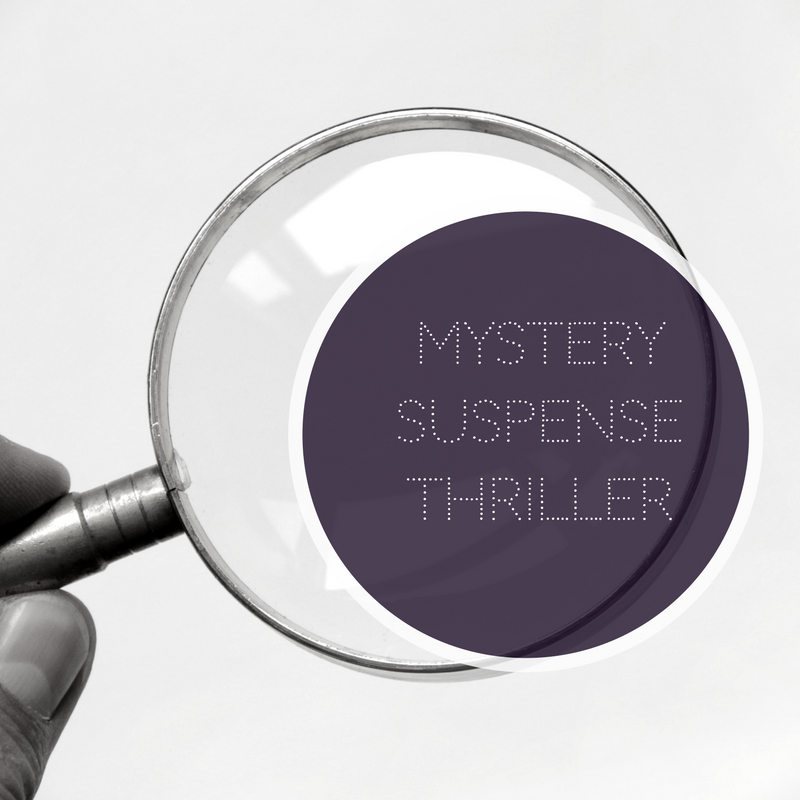What are red herrings?
According to Merriam-Webster.com, they are herring (fish) cured by salting and slow smoking to a dark brown or red color. What do these fish have to do with writing?
The definition goes on to explain the term comes from “the practice of dragging a red herring across the ground, leaving a fishy scent to throw dogs off the trail.” This action distracts the canine’s attention from the real issue.
How fitting is it for authors to use distractions when writing suspense, mysteries, and thrillers? What a perfect way to throw the reader off the trail of the real villain than to place an innocent bystander in the midst of a scene and throw the suspicion on him.
Whether we realize it or not, we see this happening in movies and books, but we seldom associate the scene with the term red herrings. Our characters are asked questions, but they don’t give straight answers. Instead, they change the subject or point to someone else, which shifts the reader’s thinking down a false trail.
Red herrings are used as writing diversions with the purpose of misleading, or as the old cliché goes, they send people on a wild-goose chase. Writers use them to mask the facts by keeping their readers’ interest and distracting them from identifying the real culprit.
Example:
Roy: How did you get into my office, and why are you searching my desk?
James: Oh, I thought this was Albert’s office.
Roy: You’ve been here ten years, and you know Albert’s office is downstairs.
James: Have you seen Margie today? She’s supposed to bring doughnuts to the staff meeting.
Notice how James changed the subject and didn’t respond to Roy’s question. Now the reader starts questioning James’ motives. The truth being, James was an innocent co-worker and had nothing to do with the crime, but adding him as a red herring shifted the reader’s line of thought.
Various red herring scenarios are used in a variety of styles and genres, but we find them more often in suspense, mysteries, and thrillers. Writers don’t normally want to reveal the villain until the end of the story, so they create diversions. They throw the suspicion on another person or thing. Yes. That’s right. Red herrings don’t always have to be human. An object can be used instead.
For example, if the heroine receives flowers and suspects who sent them but later discovers she was wrong, that person becomes a red herring. The author intentionally used him to shift the reader’s attention.
There are many ways to scatter red herrings throughout our writing to keep readers from figuring out who is guilty. Using them will create more tension, intensify the suspense, and make a storyline more exhilarating.
Have you used a red herring in your writing?

Loretta Eidson writes romantic suspense. She has won and been a finalist in several writing contests, including first place in romantic suspense in the Foundations Awards at the 2018 Blue Ridge Mountain Christian Writers Conference, a finalist in ACFW’s 2018 Genesis, was a finalist in the 2018 Fabulous Five, and a double finalist in the 2017 Daphne du Maurier Award for Excellence.
Loretta lives in North Mississippi with her husband Kenneth, a retired Memphis Police Captain. She loves salted caramel lava cake, dark chocolate, and caramel Frappuccinos.
Visit her:
Website: lorettaeidson.com
Facebok: loretta.eidson.7




No Comments